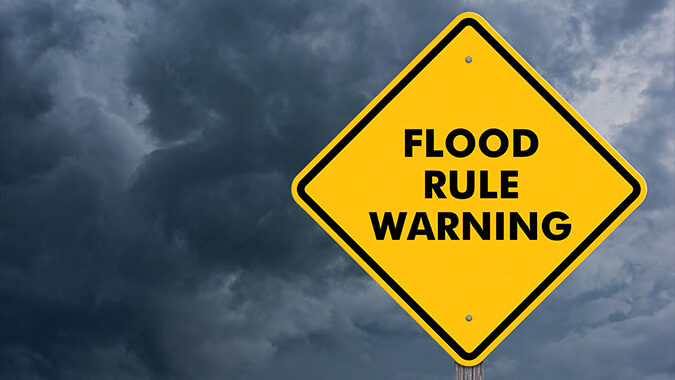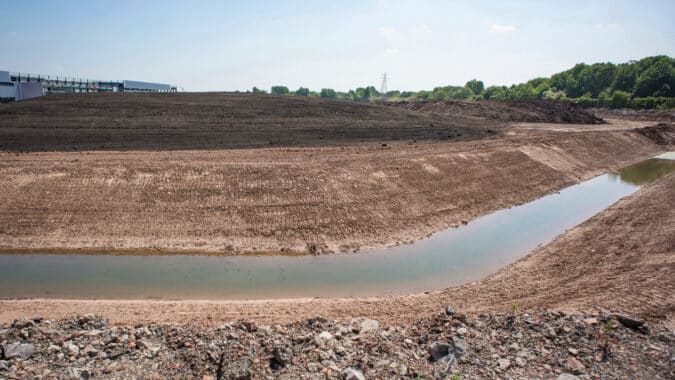The Murphy administration’s long-delayed inland flood rules, which are expected to be formally unveiled next month, could add much higher costs or sink some development projects altogether, depending on where affected projects are located under the new flood maps.
That is because the state Department of Environmental Protection (DEP) plans to use two separate standards for grandfathering projects under the proposed inland flood protection rule, explained NJBIA Deputy Chief Government Affairs Officer Ray Cantor.
“If you are in a currently mapped flood zone, they will grandfather you in under these new rules if you have a completed application submitted before the new rules take effect.” Cantor said. “But if you are now outside a current flood zone but will become part of a newly mapped flood zone once these rules take effect, they will only grandfather you if you have all permits and have started construction.”
Cantor said it is unfair to developers who have spent much time and money to hire architects and other professionals needed to move a project forward, secured financing and obtained most of their permits, only to have the state change the rules and put their project in a flood zone that did not exist before.
All projects, regardless of where they are located, should be grandfathered if they have already submitted a complete application under the existing rules, Cantor said. As the draft rules are currently written, projects in existing flood zones ironically have fewer hurdles than projects that become part of newly created flood zones, because the latter must also have broken ground to be grandfathered.
One solution would be for the state to allow projects that will become part of flood zones once the state rulemaking process is completed to submit their applications under the proposed standard, Cantor said. Right now, projects must be applied for under the existing rules, placing developers at a disadvantage if their projects end up in new flood zones and have not broken ground by the time the rule changes.
“NJBIA wants DEP to address it either that way or the way it has done for other rule changes, where they use a delayed implementation date,” Cantor said. “That way even after it’s adopted everyone will get another year or so before it takes effect and projects won’t be caught in this Catch-22 situation.”
DEP has posted a “courtesy copy” of the proposed rule on its website and has said it will publish the official version on Dec. 5. A virtual public hearing has been scheduled for Jan. 11 and the 60-day public comment period runs through Feb. 23 before the rule can be adopted.
Earlier this year DEP had originally sought to update its inland flood regulations using an expedited emergency process to implement the rule last June – a move that would have led to thousands of projects being delayed or cancelled. NJBIA and a coalition of 18 business groups wrote to Gov. Phil Murphy, asking him to stop DEP from using the emergency process to update its flood control plan.
The DEP eventually relented, and on Oct. 27, Murphy and DEP Commissioner Shawn LaTourette announced the proposed rule would be published in the New Jersey Register on Dec. 5 and follow the regular rulemaking process.

